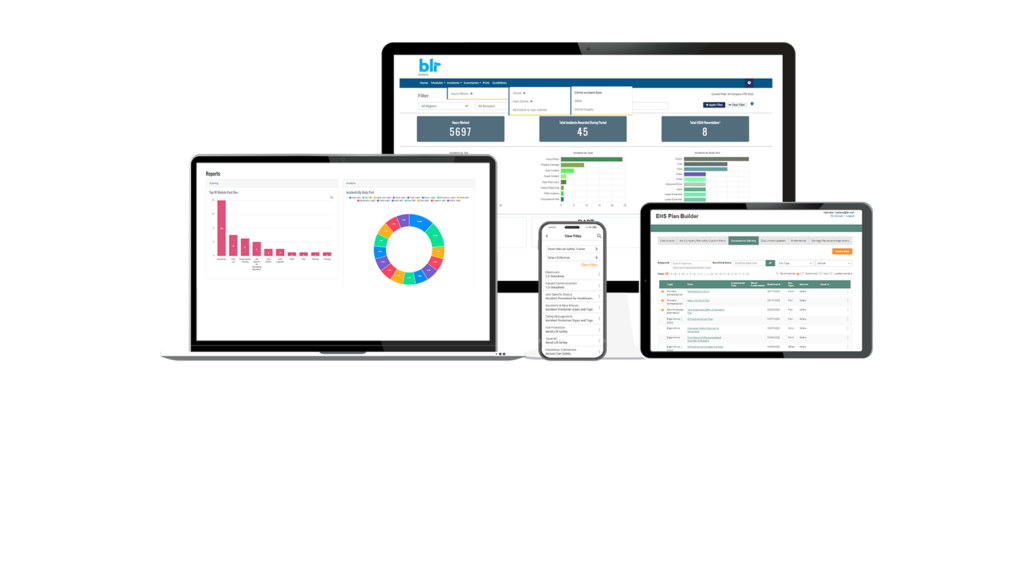
The seven essentials of an emergency action plan
The purpose of an emergency action plan (EAP) is to protect employees from emergencies that may be reasonably expected to occur in the workplace. Is every employer required to have an EAP for its workplace? No. Does the Occupational Safety and Health Administration (OSHA) strongly recommend it? Yes.
Should you have an EAP?
Certainly, if you are among those facilities for which an OSHA standard mandates an EAP. Such facilities include those whose processes use highly hazardous chemicals, facilities with fixed extinguishing systems or automatic fire detection systems, and HAZWOPER sites. These descriptions cover many facilities, and yours may be among them. But even if an EAP is not required, it’s an excellent idea and indeed a best management practice to have one.
Emergencies can arise at any facility. Consider these possibilities for which an EAP could help protect your employees:
- Fires
- Explosions
- Chemical spills and releases
- Natural disasters, such as floods, wildfires, and hurricanes
- Active shooters
- Workplace violence
- Acts of terrorism
- Special operations at your workplace, such as operating powered platforms or working in confined spaces
What to include in an EAP
The content of a required EAP is clearly outlined in 29 Code of Federal Regulations (CFR) 1910.38, but all EAPs should comprise these outlined elements, whether or not your EAP is required. The seven elements of an effective EAP are straightforward:
- Procedures for reporting fires and other emergencies
- A description of evacuation procedures and emergency escape routes
- Procedures to account for all employees after evacuation is completed
- Procedures for employees remaining to operate critical plant operations before evacuating
- Rescue and medical duties for the employees assigned to perform such duties
- Names or job titles of contact persons, providing further information or explanation of EAP duties
- A training plan for designated employees who will assist in safe and orderly personnel evacuations.
These seven elements are the minimum requirements. You also should include other procedures that are relevant to your business operations.
Importance of accessibility
Having an EAP is only beneficial if employees are familiar with its contents. Keep your EAP in the workplace and be sure it is available to employees for review when it is initially developed, whenever an employee’s duties are changed under the EAP, and when other changes are made to the EAP. A written EAP may be communicated orally at facilities with ten or fewer employees.
Unfortunately, an employer has little or no control over whether an emergency triggers the implementation of an EAP. But employers with an EAP accessible to employees and includes the seven elements that OSHA requires will be prepared to address such events confidently.



